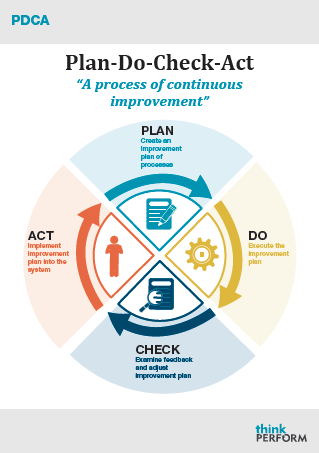With all industries looking for ways to reduce overhead and improve profits, one obvious tactic is to streamline warehousing operations. Minimising wasted labour and reducing product damage and shrinkage certainly play roles in the process. One of the best ways employees can contribute is by improving their core skill sets, including taking courses for a TLI41810 certificate iv in warehousing. The course contents allow employees to improve their value to an organisation and accelerate their career path growth.
SEE ALSO: Keeping Things in Order with a Certificate III in Warehousing Operations TLI31610
Those attending the class are exposed to many issues currently facing the warehousing industry and are presented with a variety of options for dealing with specific problems routinely faced. The course is intended for managers, logistics specialists, warehouse workers seeking to advance their careers and others involved with the day-to-day operations of a warehouse. The course content gives attendees the tools to evaluate current practices and use the data obtained to develop improved practices. While the list of material covered is extensive, some of the areas covered in the Certificate iv in warehousing operations class include:
- The organisation and transport of goods. Both the way a warehouse is organised and how orders are filled dramatically affect the efficiency of the warehouse. Learning new ways to shelve and retrieve products for shipping is vital to improving overall operational efficiency.
- Facilitation of work teams. Working together rather than as individuals ensures more is accomplished every day.
- The Application of quality control systems. Quality control encompasses all areas of warehouse operation, with the goal being to develop and implement procedures that improve service and reduce waste.
- Assessing and confirming customer shipping needs. High levels of customer satisfaction are only achieved when clients get what they need when they need it. That means adequate inventory must be present and each order must be filled correctly. Inventory control is another important factor for delivering quality service.
- Management of workplace information. Organisations rely on collecting, analysing, and disseminating data to all staff members. It is also necessary that data users understand the information and know how to apply it to their specific areas.
- Implementation of accident and emergency procedures. While safety precautions are in place, there is always the chance of an accident or other emergency occurring. In the event there is an incident, all staff members must be aware of how to respond.
SEE ALSO: Overview of a Business Continuous Improvement Cycle
Of course, other areas are covered as well with the idea those completing the course will leave prepared to both advance their careers and significantly better their organisations. The certificate 4 in warehousing provides the tools necessary to dramatically improve workplace efficiency and customer relations.
Today’s warehousing professionals understand the need to improve and update their skills. A Certificate iv in warehousing operations is one way to move up the employment ladder and prepare for a better future. The course is one of several in a series designed to help warehouse employees at all levels increase their skills and improve their chances for career advancement. The courses offered, including this one, are available throughout the year to meet each participants’ specific needs.


